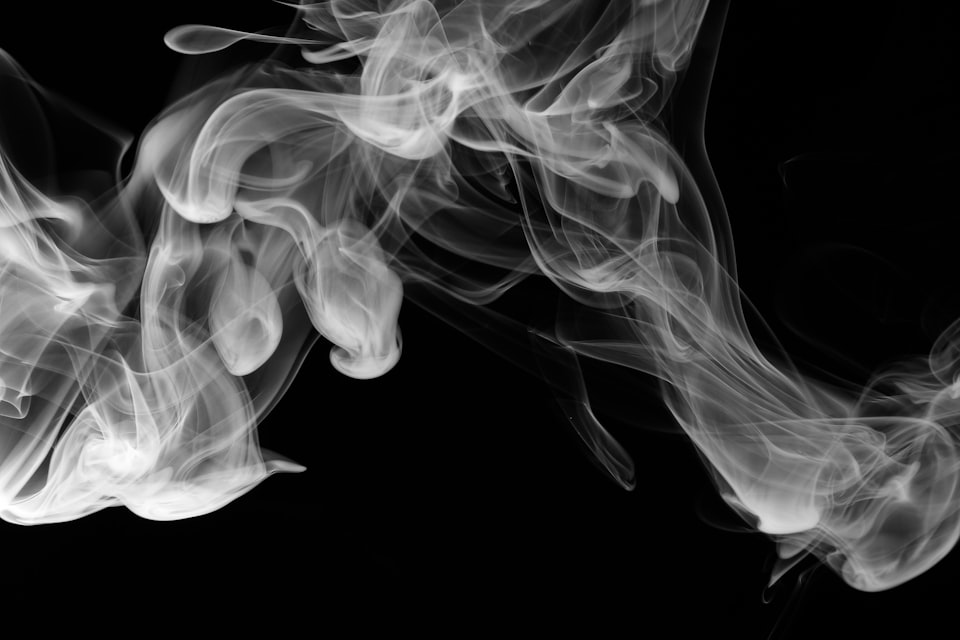An intestinal interlude

Podcast episode
Join me, dear reader, as we plunge gracefully and merrily once more into the murky depths, in an attempt to gradually piece together the history of our most wonderful specialty.
Today we are led dutifully once more by the inimitable Dr Sykes, as he recounts the brave and somewhat questionable attempts by three pioneers of anaesthesia, to shove ether where the sun don't shine.
Yes. Because if ether works, surely it can't matter which end you stick it right?
Race to the rectum
There remains significant indecision as to whose idea it was to first plumb the ether into the other end of the patient, however it hardly detracts from the entertainment value of the accounts, so we'll crack on.
Chap #1, by the name of J. T. Johnstone, working in Madras at the time, chose the 2nd April 1847 as the perfect occasion upon which to administer ether via the rectum of a chap with a hydrocoele.
"Once ounce of ether was placed in a bladder fitted with an ivory pipe."
Dr Sykes goes on to describe the account,
"The bladder was dipped in hot water and the vapour injected into the rectum."
You might already be wincing, and if so - you are correct - for the patient described the sensation as being,
"Like an injection of boiling lead"
So intolerable was the sensation that he elected to undergo his hydrocoele repair without any anaesthesia at all, to which Dr Sykes commented, "So he must have felt very strongly about the matter".
Apparently despite not providing any meaningful anaesthesia, it did successfully kill of a number of the patient's hitherto undiagnosed intestinal worms. So there's that at least.
Chap #2 - Nicholay Ivanovitch Pirogoff

Possibly the most widely recognised Russian surgeon of all time, this scientist, physician and pedagogue is credited with essentially creating the discipline of combat surgery among other crucial advances in both surgery and anaesthesia.
He had spent a while experimenting on animals and was absolutely convinced that rectal ether provided the perfect balance of safe anaesthesia and easy surgical access to the head and face that was so often necessary in combat situations.
Chap #3 - a French gentleman by the name of Marc Dupuy, documented his findings in his imaginatively titled:
"Note sur les effets de l'injection de l'ether dans le rectum"
Upon injecting "15 grammes of sulphuric ether and 15 grammes of water" into the rectum of a "small sized dog", Marc Dupuy noted a strong smell of ether on the animal's breath after one minute, and after four minutes, it was rendered completely comatose.
"I made sure of this by transfixing the skin with pins; an incision made in the skin with a bistoury caused no pain"

Just twenty-two minutes later the animal was wide awake again, walking 'with assurance' and only vomiting a 'small quantity of frothy liquid'.
All round a rip-roaring success then if you ask me.
It's not the asphyxia
"I injected into the rectum of a rabbit a mixture of 10 grammes of ether and 10 grammes of water. At the end of three minutes insensibility was complete."
Marc Dupuy goes on to describe the case of a rather less fortunate rabbit whose successful rectal anaesthesia was complemented by a one-way laparotomy and aortectomy, just to check what colour the blood was.
It was red.
He thence proceeded to examine the lungs and the heart, commenting that,
"The heart was still beating, but feebly; the lungs were pink and did not show the least trace of engorgement"
He thus concluded the following:
- "Insensibility is by no means the necessary result of asphyxia"
- "Sensibility is abolished when one injects ether into the rectum"
- "There are no signs of asphyxia"
- "This method can be employed with greater safety than that which consists in causing the vapour of ether to be respired"
And here's the best quotation of the chapter:
"I do not deny that asphyxia would be an excellent means of destroying sensibility, but I doubt that anybody would be tempted to employ it a first time, for fear of not being able to do it again."
Pirogoff (Chap #2) then went on to mirror these sentiments, boldly claiming that his own experiments in animals have "Authorised me to use it in surgical operations, even in cases where inhalation of ether has been used on the patient without the least success."
Remarkably, this USB-plug-it-in-the-other-way-round approach to previously unsuccessful anaesthesia seemed to work wonders, and he documents several successful cases and even claims it to be safer given rectally than inhaled.
Pirogoff somehow managed to avoid the 'boiling lead' issue encountered by Johnstone, and claimed that,
"The advantages of this method are evident; the organs of respiration do not suffer at all. The etherisation is completely independent of the will of the patient, and it acts much more promptly."
He finishes the sentiment with a decisive,
"Up to the present, there have never been any unpleasant results."
But as Dr Sykes astutely points out - "Pirogoff does not say whether he has used the method in 6 cases or 6,000," rendering his conclusion, "not really very helpful".
So in conclusion, we don't really know of the three gentlemen, who was technically first to consider PR ether, but we do know that it has rather fallen out of favour since then, and probably won't come up in the FRCA viva.
But hey - you never know.
If you'd like to know exactly how to anaesthetise someone using rectal ether, read this article from 1924


